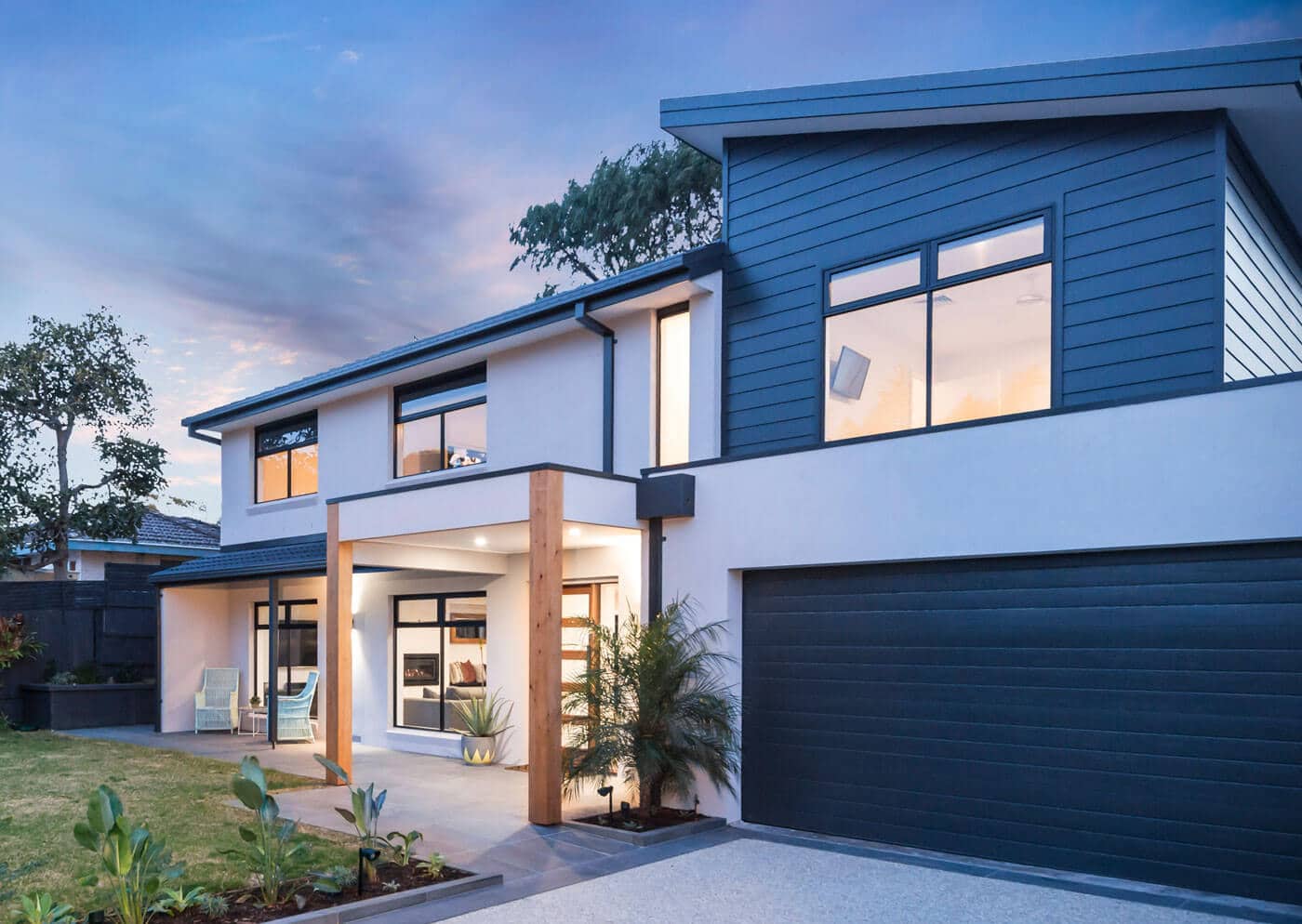A heritage home offers a warmth, cosiness and charm that can be hard to replicate in modern construction. In fact, some say when you buy a heritage home, you’re merely preserving history and looking after it for the future generations.
As owners of a heritage home would be well aware, they can also be difficult and more expensive to maintain, and potentially have a myriad of planning and development conditions that must be complied with when renovating.
Here are 5 ways you can highlight your home’s heritage style, from minor alterations to major renovations.
- Sympathetic home extensions
Extending your heritage home with a modern addition can highlight the heritage nature of the existing property while giving you modern living areas.
Depending on your heritage listing status, it’s likely the front rooms will need to stay more or less in their original format, while back rooms may be able to be remodelled into a more contemporary design and to incorporate modern extensions like open plan living, a dining room and kitchen.
The extension or addition may need to be sympathetic to the original, which as we’ll show below, can be achieved in a few different ways.
- Reuse and recycle
Time to get out and visit those salvage yards! Whether you’re planning minor renovations, or an interior design shake up, second-hand builders’ yards and antique shops can come up with the goods.
Recycled timber can be used creatively in kitchen and bathroom renovations, you might find old light fittings than can be converted to suit modern wiring, or stumble across some classic antique furniture that can be reupholstered or revarnished to provide a signature piece with a modern twist.
Older properties often include wooden panelled kitchen doors which are easily repainted, maintaining a heritage or shaker style but refreshed with modern light colours that will complement recycled wooden bench tops and ceramic Belfast sinks. The same applies for wooden panelling or ‘wainscotting’, which can come up really well with a coat of semi-gloss paint.
- Plan an exterior facelift
Something as simple as painting your home’s exterior can further enhance its heritage style. But be aware this will depend on the heritage listing category of your home, and you’ll need to check with your local Council first. If it is listed, you won’t be able to substantially change the facade, but a colour change in heritage tones may be permitted.
If your home had a dodgy 1970’s reno and the original colour scheme is long gone, then consider repainting the exterior in heritage colours – think dark blues, burgundy and greens with contrasting woodwork. Alternatively, if you are planning a modern addition to a heritage home in original condition, you may choose to retain the heritage colour and apply it to the extension.
Lace and fretwork which may have rusted away or been completely removed can be replaced with modern versions of the heritage detail. And even the landscaping, fencing and paving can give a nod to your home’s heritage without major cost or upheaval, for example you could consider tiled pathways, picket fences or a rose garden.
- Use transitional style in interior design
Merge the old with the new in a stylish modern take on a heritage home.
Nearly all heritage fixtures and fittings are now available in modern form so if you need to replace tapware and so on, one option is to retain the heritage style but with new and sustainable fittings such as water saving taps and showerheads.
Alternatively, mix it up! Replace some heritage fixtures with modern alternatives that help to highlight the heritage style. For example, a contemporary light fitting might be installed in a decorative ceiling rose – to stunning effect. A bathroom renovation may combine a traditional claw foot bath with a modern glass shower screen. Or your kitchen splashback could be pressed tin, which may originally have been on a ceiling!
A monochrome colour palette provides an ideal foundation for the addition of heritage style furniture. Or you may prefer to complement your existing, more modern colour scheme with accessories and furniture that pay homage to bygone times. The key is that the style is transitional and easy to mix up as tastes change in the future.
- Use a builder experienced in the field
In Victoria, there are extensive laws governing the maintenance, repair and alteration of heritage listed properties. These vary depending on whether your home is on the State Heritage Significance list, the Local Heritage Significance list, or in a heritage conservation area.
An experienced heritage renovation specialist, like SECON Constructions, will be able to advise on what you can or cannot do to your home before you even start planning your renovation.
We can also advise on maintenance and repair of heritage homes, having developed extensive experience over many years. This can be a minefield not to mention a financial nightmare if you’re not aware of the potential traps and hidden cost surprises. To talk to Melbourne’s heritage renovations specialists about highlighting your home’s heritage style, get in touch with Peter and the team at SECON Constructions today!


